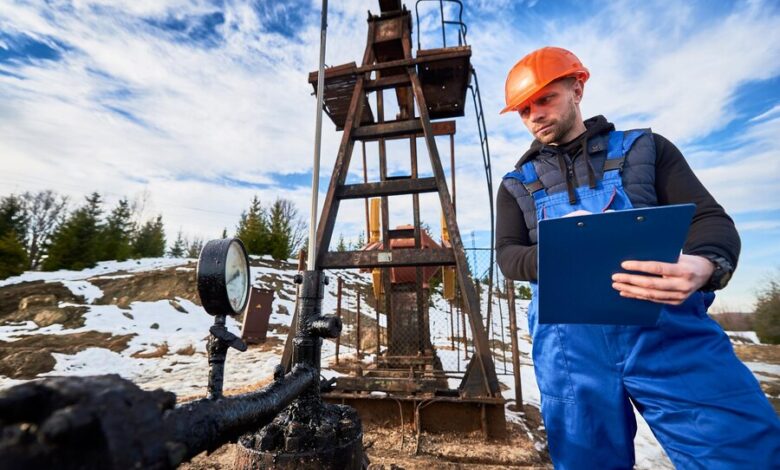Slurry Pumps: A Comprehensive Guide

Slurry pumps are essential equipment in various industries, including mining, construction, and wastewater treatment. They play a crucial role in transporting abrasive and high-density slurries efficiently. Understanding their design, types, and applications is vital for anyone working in these industries. In this guide, we’ll explore the fundamentals of slurry pumps, their components, types, and key considerations for selection.
What are Slurry Pumps?
Slurry pumps are heavy-duty pumps designed to handle abrasive, high-density slurries with large particles. They are used to transport mixtures of solids and liquids, such as sand, gravel, and mud. Unlike water pumps, slurry pumps are built with robust materials to withstand the wear and tear caused by abrasive particles.
How Do Slurry Pumps Work?
Slurry pumps work on the principle of centrifugal force. The pump’s motor drives the impeller, which rotates rapidly, creating a centrifugal force that pushes the slurry outward. As the slurry moves through the pump, the centrifugal force increases the pressure, allowing it to be pumped through pipelines or hoses to its destination.
Components of a Slurry Pump
- Impeller: The impeller is the rotating component that generates the centrifugal force to move the slurry. It is designed with vanes to direct the flow of the slurry.
- Casing: The casing encloses the impeller and directs the flow of the slurry. It is designed to withstand the abrasive nature of the slurry.
- Shaft: The shaft connects the impeller to the motor and transmits the rotational force.
- Bearings: Bearings support the shaft and reduce friction, allowing smooth rotation of the impeller.
- Seals: Seals prevent leakage of the slurry from the pump. They are critical for maintaining the efficiency of the pump.
Types of Slurry Pumps
- Horizontal Slurry Pumps: These pumps are the most common type and are used for a wide range of applications. They are efficient for transporting slurries over long distances.
- Vertical Slurry Pumps: Vertical pumps are used when space is limited. They are installed vertically in the slurry sump and are ideal for pumping slurries with high solids content.
- Submersible Slurry Pumps: Submersible pumps are designed to be submerged in the slurry. They are used for pumping slurries from pits or tanks.
- Slurry Pump Parts: Parts are available for different types of slurry pumps including liners, impellers, and shaft sleeves. These parts are essential for maintaining the efficiency and performance of the pump.
Key Considerations for Selecting a Slurry Pump
- Slurry Characteristics: Consider the size, density, and abrasiveness of the particles in the slurry to select a pump that can handle them efficiently.
- Flow Rate and Pressure: Determine the required flow rate and pressure to select a pump that can meet the demands of your application.
- Material Compatibility: Select a pump made from materials that are compatible with the slurry to ensure durability and long service life.
- Maintenance Requirements: Consider the maintenance requirements of the pump, including spare parts availability and ease of maintenance.
- Cost: Compare the initial cost, operating cost, and maintenance cost of different pumps to find the most cost-effective option for your application.
In conclusion slurry pumps are essential equipment for handling abrasive and high-density slurries in various industries. Understanding their design, types, and key considerations for selection is crucial for efficient and reliable operation. By choosing the right slurry pump for your application, you can ensure optimal performance and long service life.



